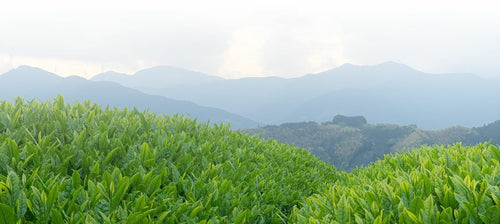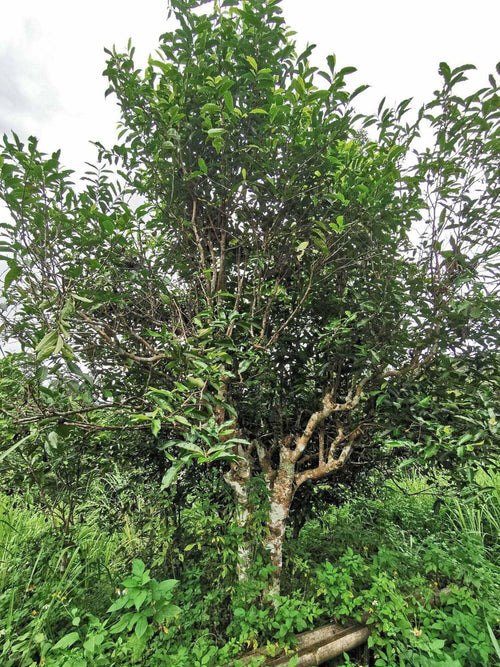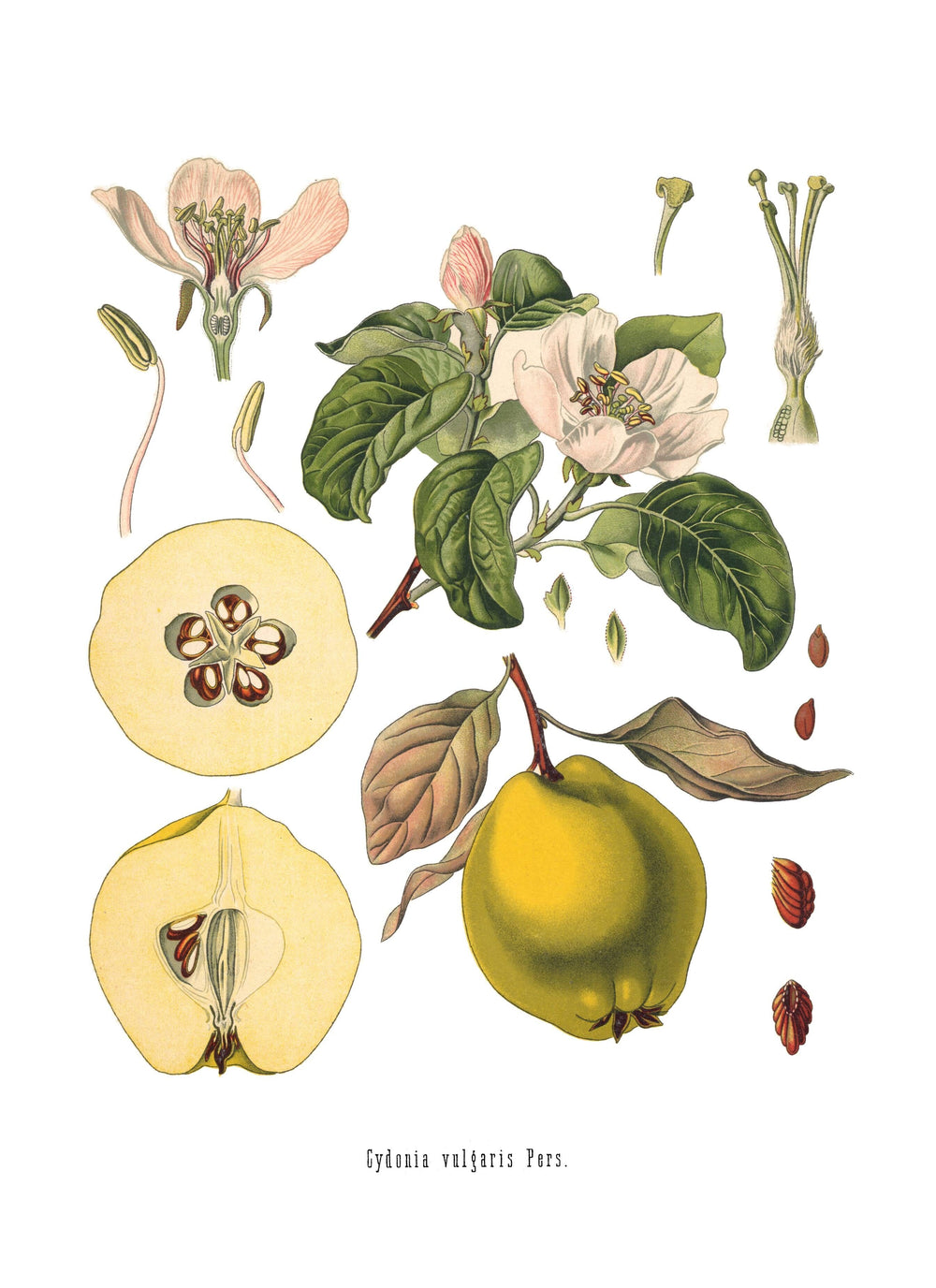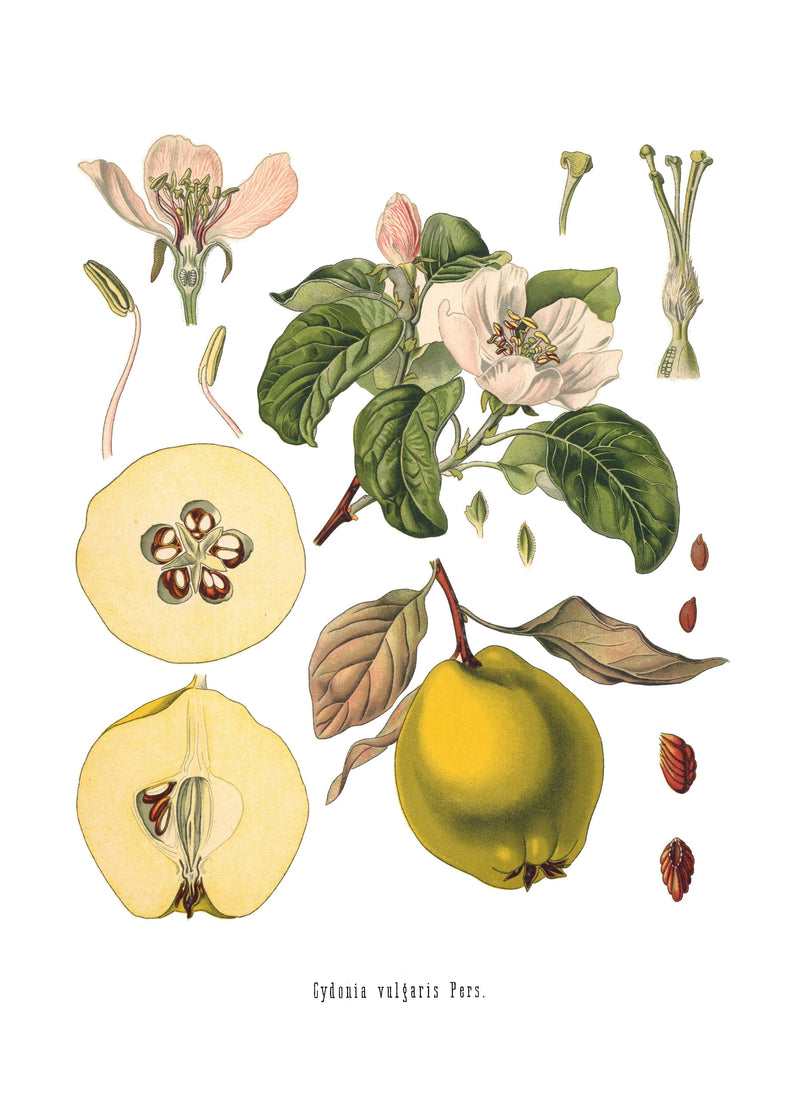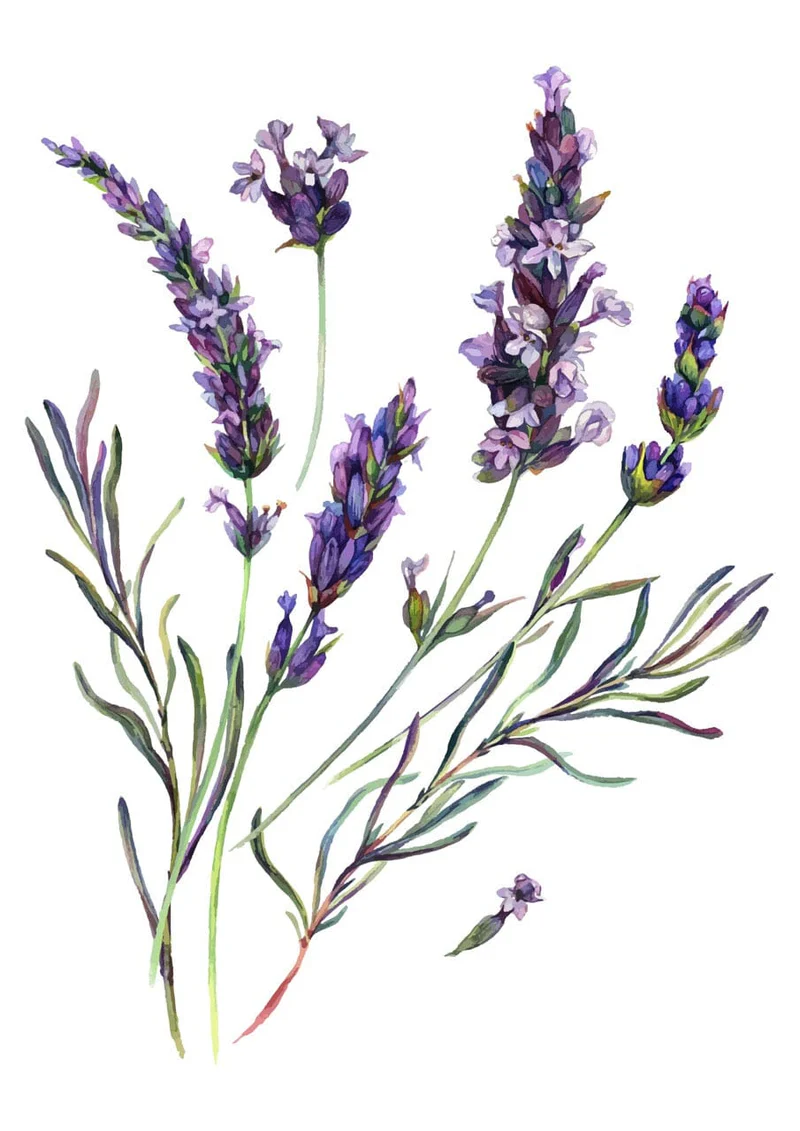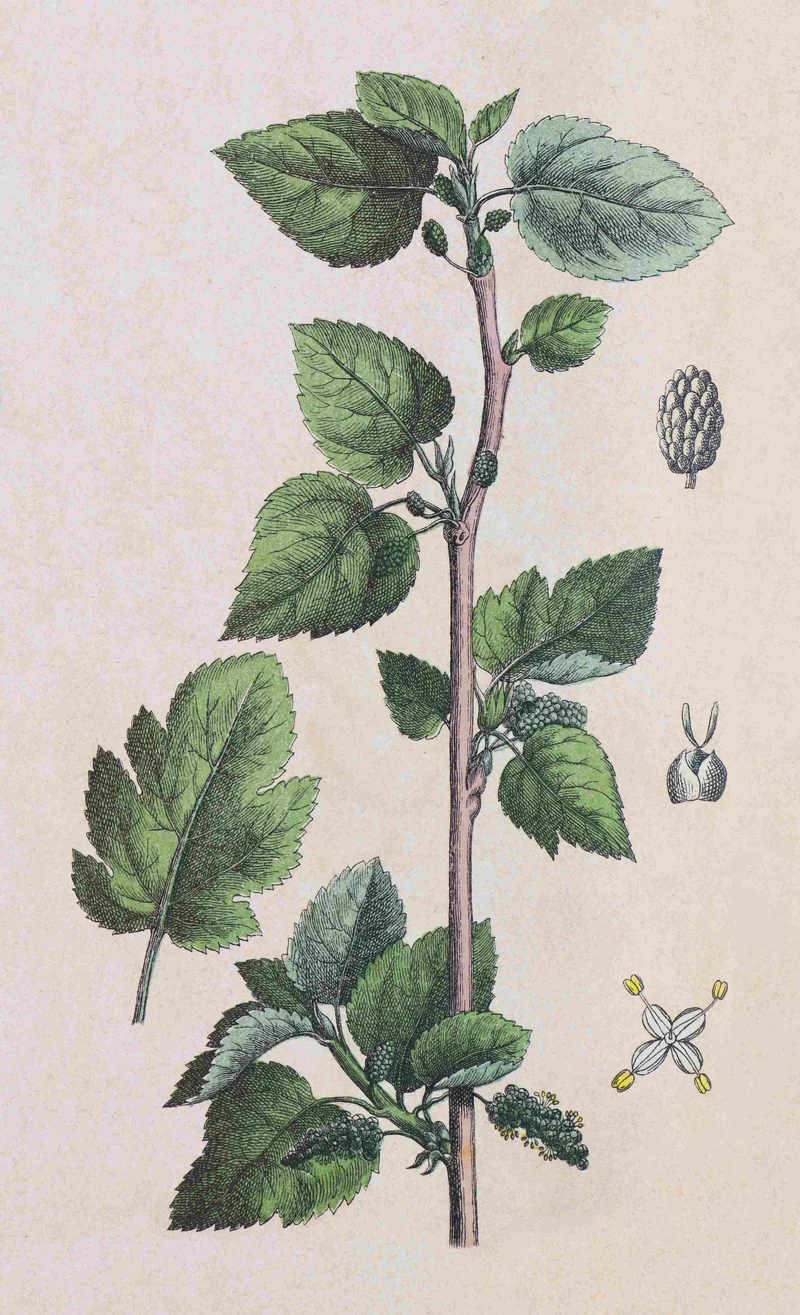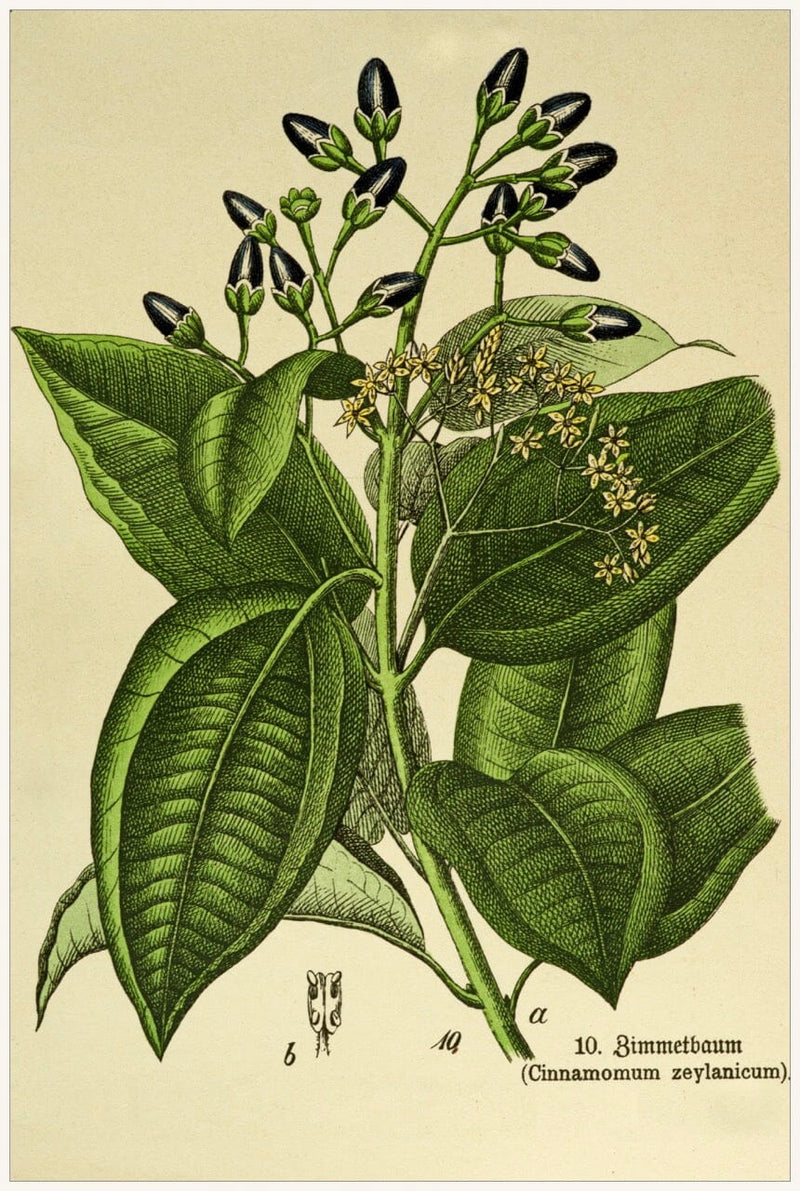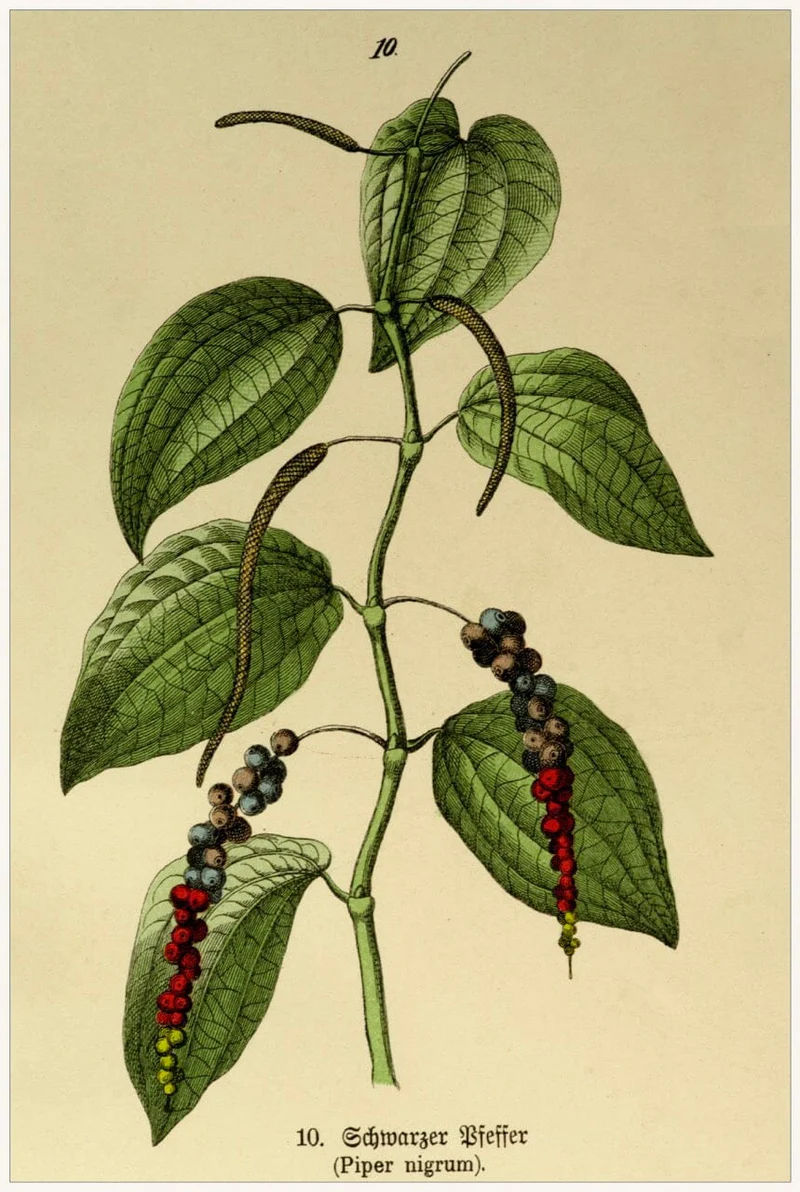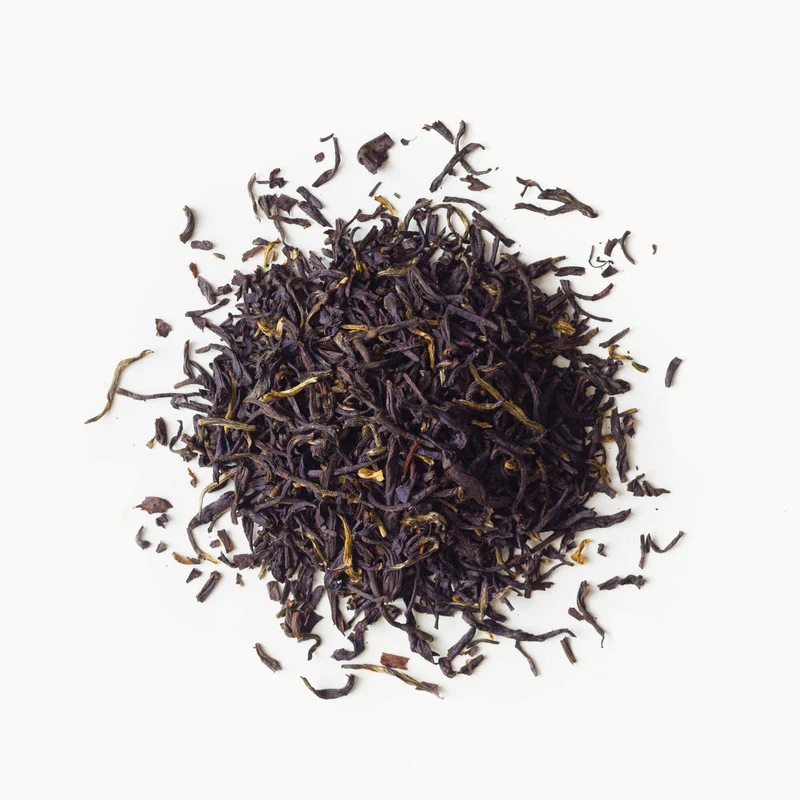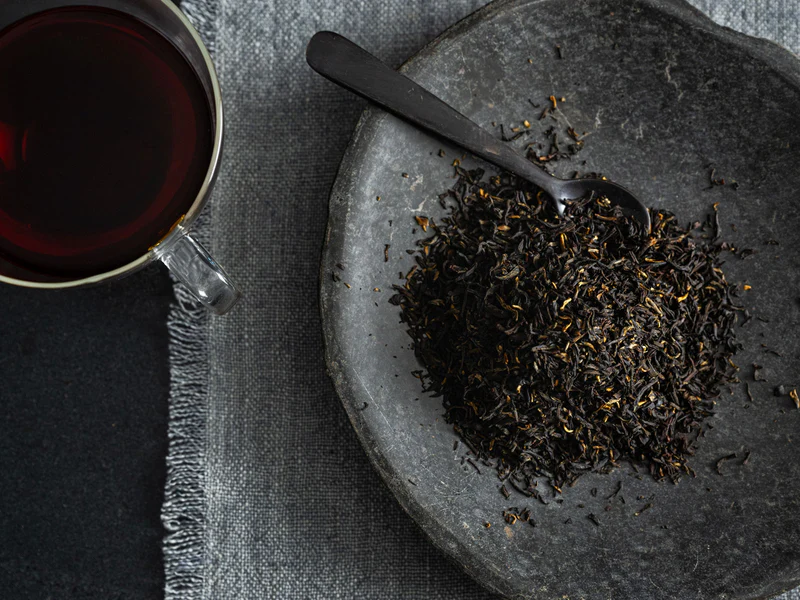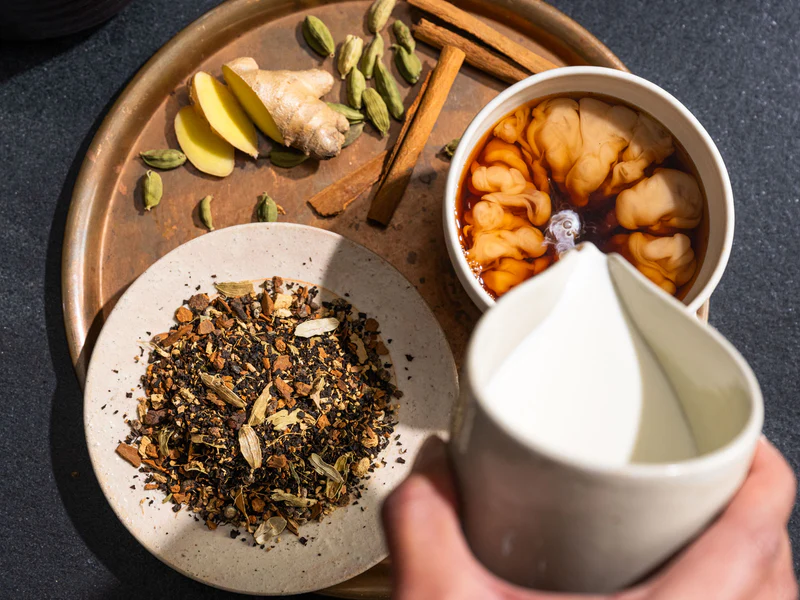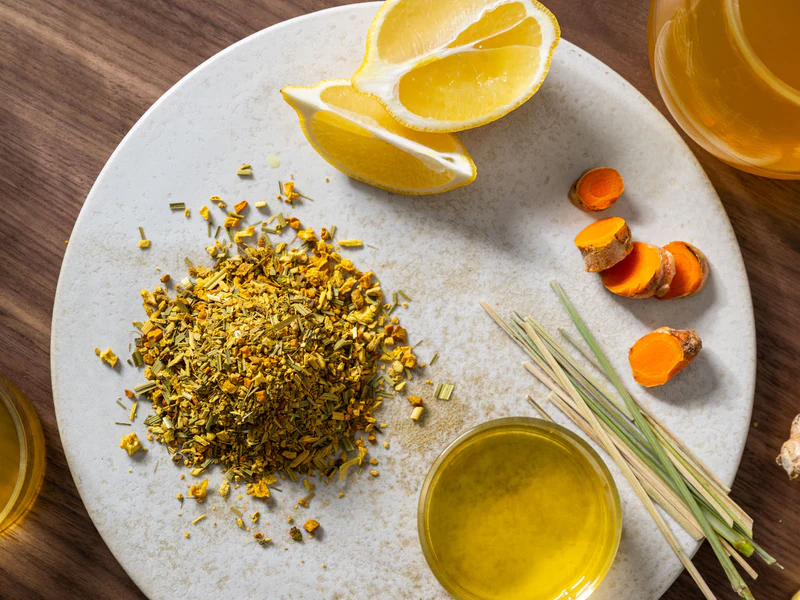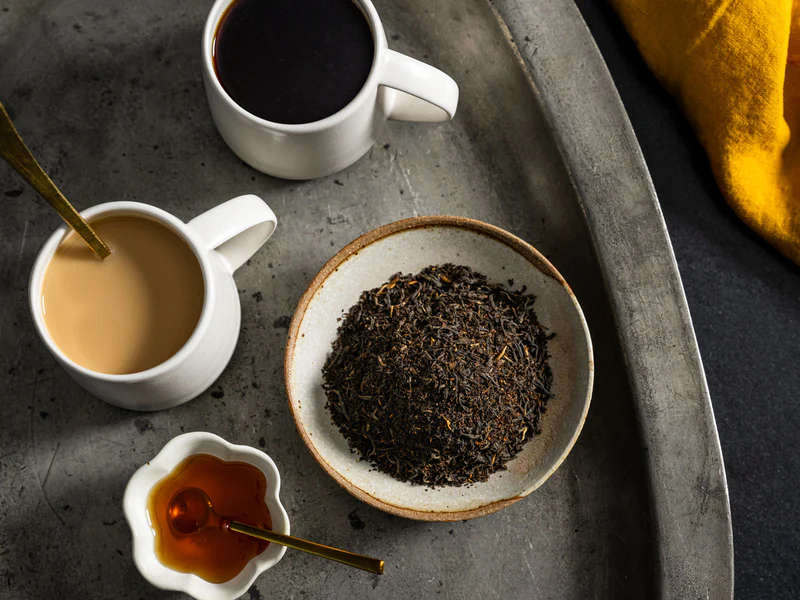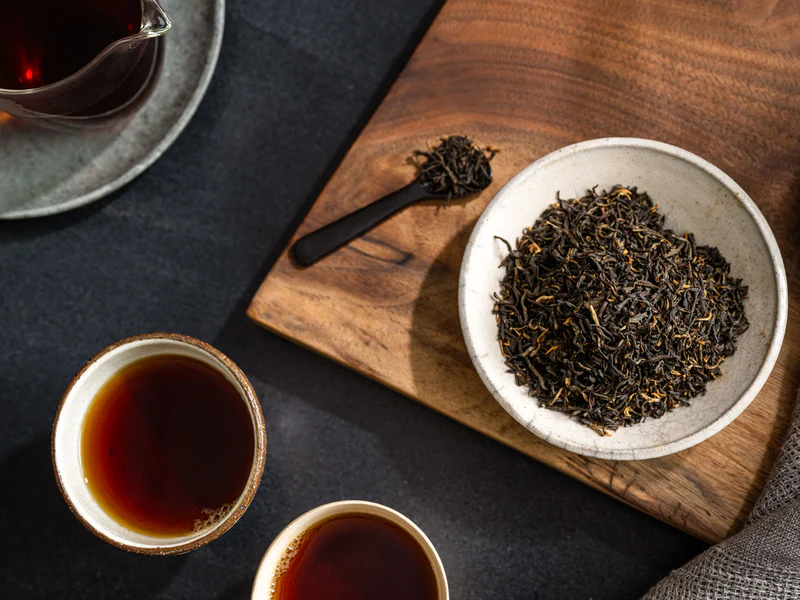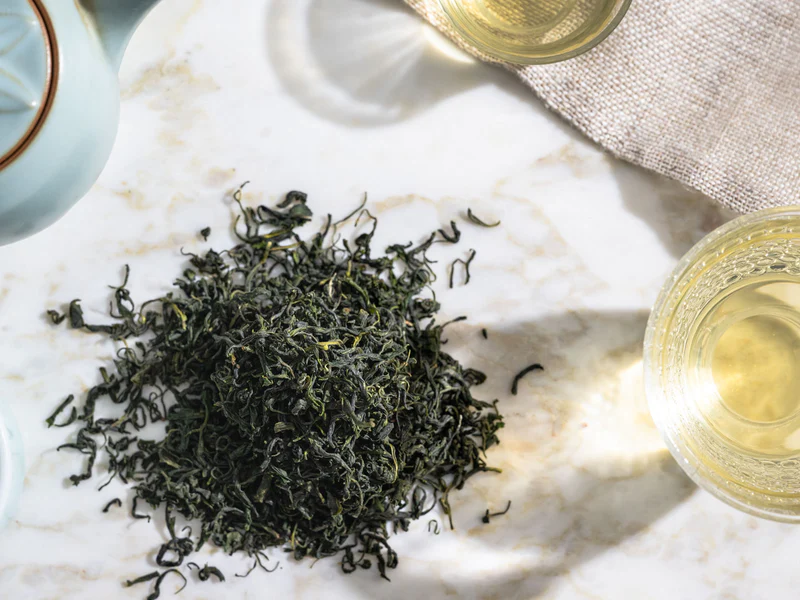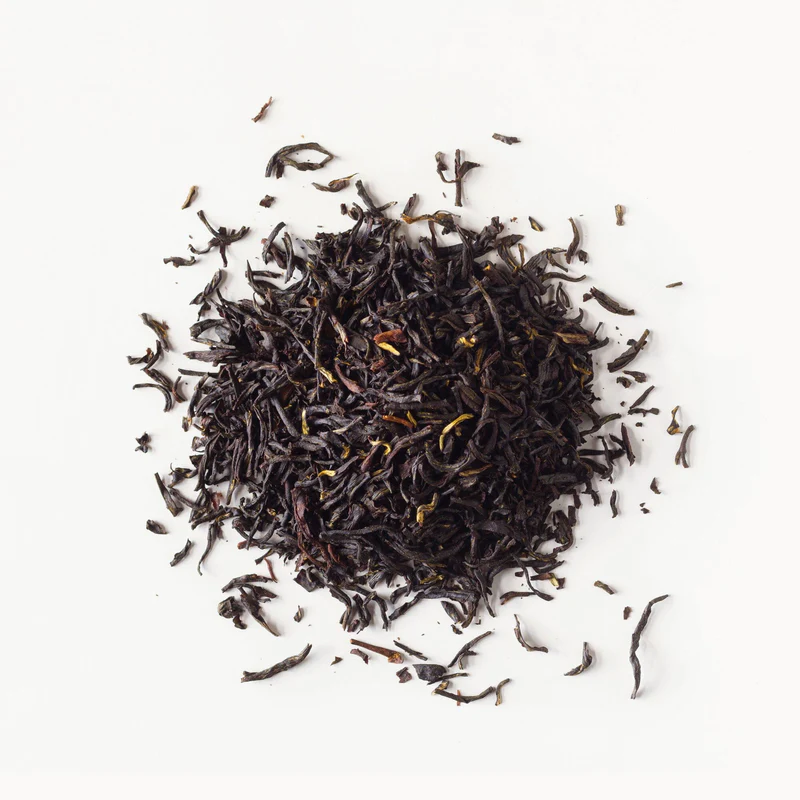Our Growing Regions: Poland, Chile
Quince, scientifically known as Cydonia oblonga, has a rich history of usage in herbal medicine and culinary traditions across East Asia and the rest of the world where it is grown. It is valued for its unique flavor and various medicinal properties.
In herbal medicine, quince has been traditionally used for its astringent properties. It contains high levels of tannins, which give it a slightly bitter and puckering taste. The astringent quality of quince makes it useful for alleviating digestive issues, such as diarrhea and gastroenteritis. It is often consumed in the form of infusions or herbal teas to soothe the stomach and promote gastrointestinal health.
Quince is also utilized in a variety of foods and drinks due to its aromatic and distinctive flavor. When cooked, quince develops a sweet and floral taste with a hint of tartness. Its natural pectin content makes it a popular ingredient in jams, jellies, and preserves, where it acts as a natural thickener. Quince is also used in baking, adding a unique flavor to pies, tarts, and cakes.
In East Asia, quince is commonly used in traditional Chinese medicine (TCM) as a tonic for the lungs. It is believed to help relieve coughs and asthma symptoms, as well as improve overall respiratory health. Quince is often combined with other herbs in TCM formulations to create respiratory tonics or herbal remedies.
In terms of drinks, quince is used to make quince liqueur or quince brandy, particularly in Mediterranean and Middle Eastern countries. The flavor of quince translates well into alcoholic beverages, providing a fragrant and fruity profile. Quince-infused spirits are enjoyed on their own or used as a base for cocktails. Additionally, quince can be added to fruit juices and smoothies to enhance their taste and nutritional value.
Different cultivars of quince can exhibit variations in flavor and character. Some popular cultivars include 'Aromatnaya,' 'Champion,' and 'Pineapple.' 'Aromatnaya' is known for its intense aroma and sweet flavor, while 'Champion' has a more balanced sweet-tart profile. 'Pineapple' quince, as the name suggests, has a distinct pineapple-like flavor that adds a tropical twist to dishes and beverages.
In conclusion, quince has a diverse range of uses in herbal medicine, foods, and drinks across East Asia and the rest of the world. Its astringent properties make it valuable in herbal remedies for digestive issues, while its unique flavor and natural pectin content contribute to a variety of culinary creations. Whether enjoyed as a herbal tea, incorporated into jams and desserts, or used to create quince-infused liquors, quince offers a delightful and versatile experience.
